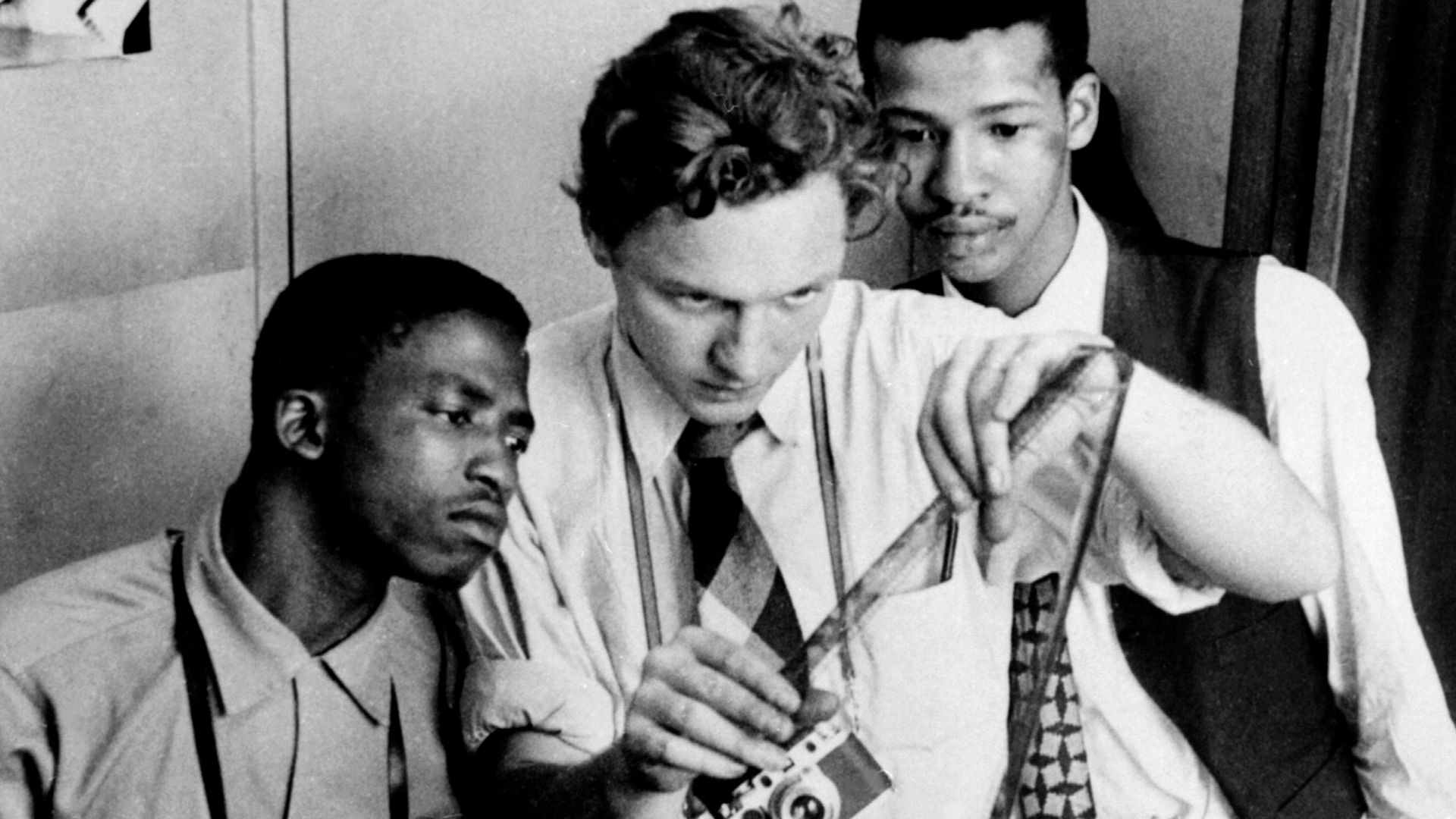Photographer Jurgen Schadeberg (1931-2020) spent most of his life documenting the struggle against apartheid. Years before his death in 2020, Schadeberg shared some of his iconic images - and the stories behind them - with Al Jazeera.
On April 27, 1994, South Africa held its first multiracial democratic election, voting out apartheid and voting in its first Black president, Nelson Mandela.
Forty-six years prior, in 1948, apartheid - a system built on white supremacy, segregation and inequality - was signed into law.
It fomented the boundaries between races, cutting people off from one another with increasingly restrictive rules.
In the vibrant multiracial enclaves of Johannesburg in the 1950s, apartheid police clamped down while many non-white people resisted.
Among those documenting life and resistance under apartheid for the famed Drum magazine, was young German-born photographer Jurgen Schadeberg.
On the streets of Johannesburg, he captured vibrant, diverse communities at a time when the apartheid government was trying its hardest to remove every trace of multiracialism from its streets. Through his lens, he also immortalised leading struggle and cultural icons, among them Oliver Tambo, Miriam Makeba and Nelson Mandela himself.
This story was first published in the Al Jazeera Digital Magazine.



















